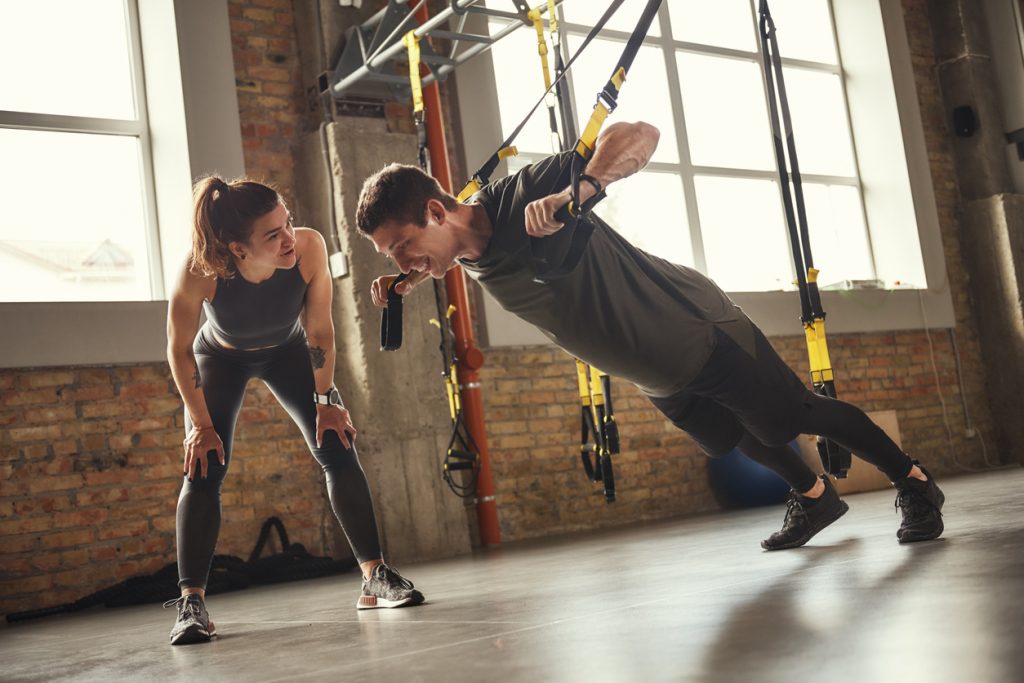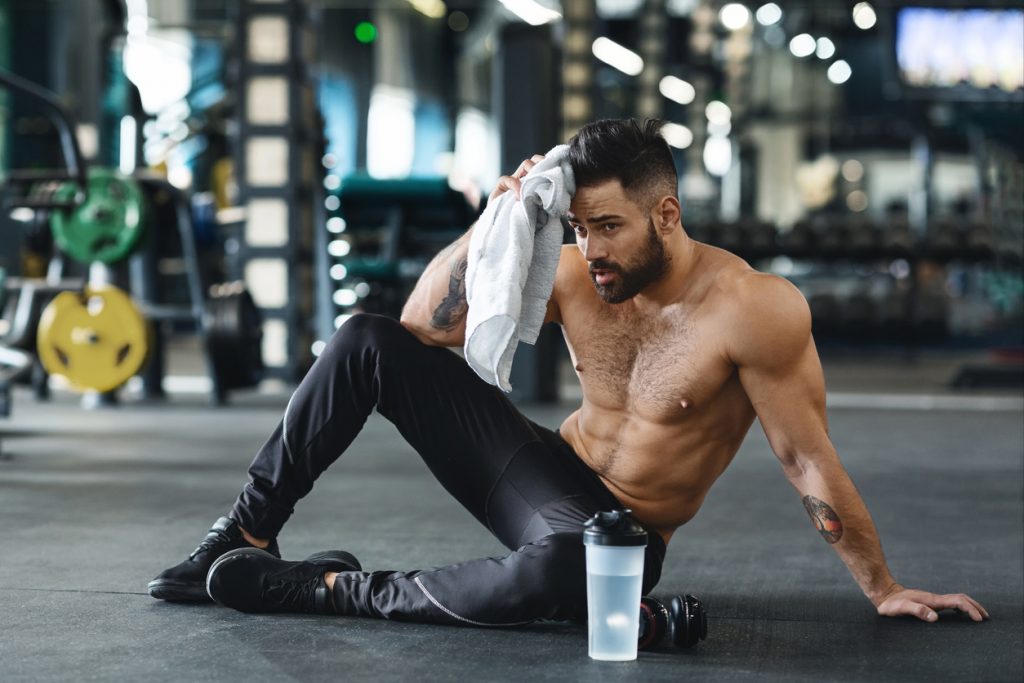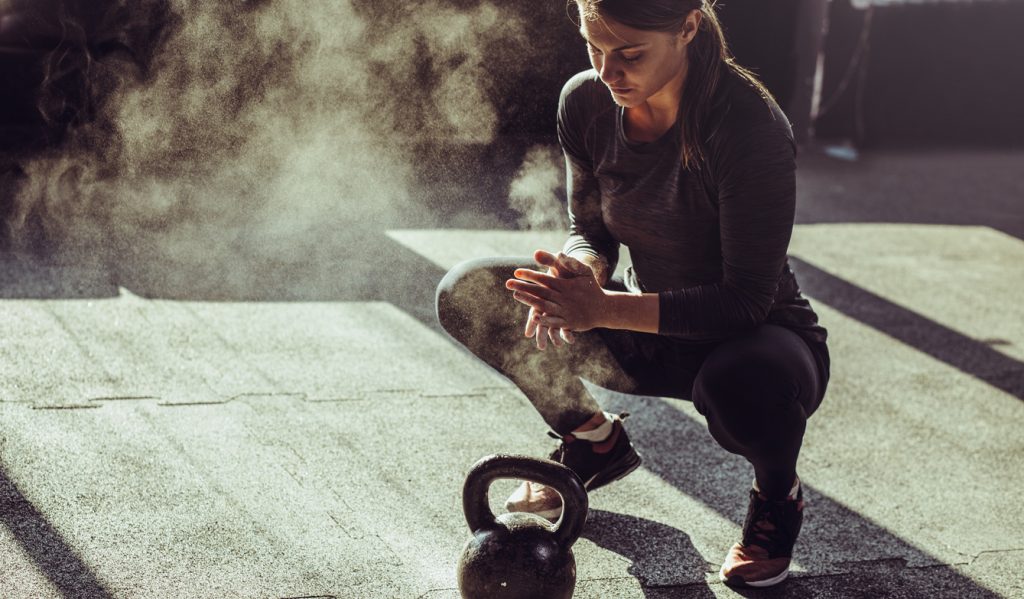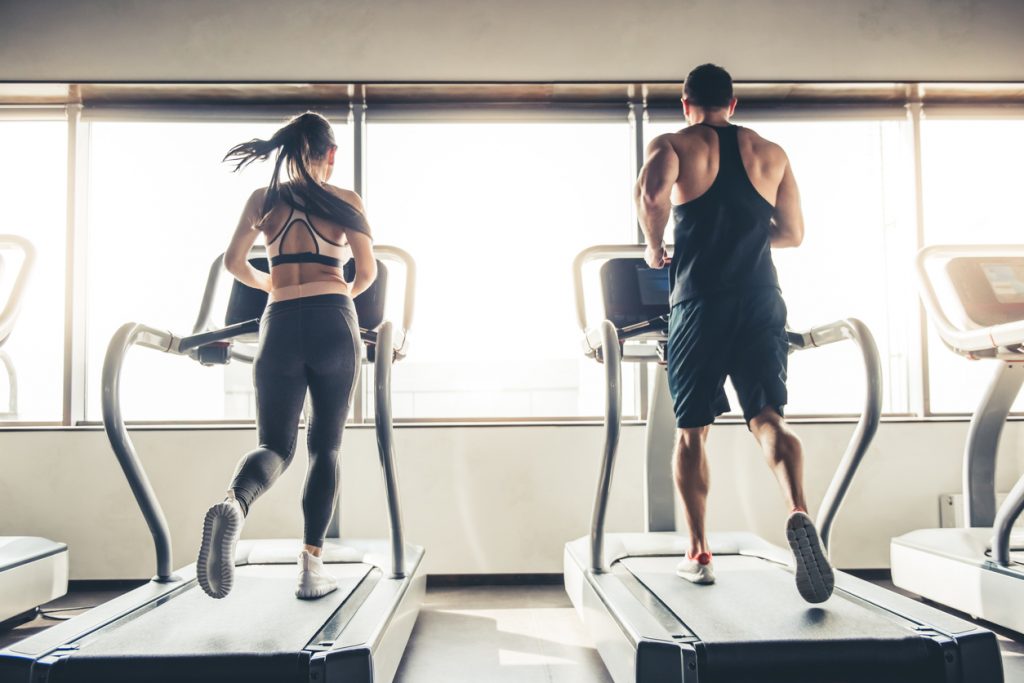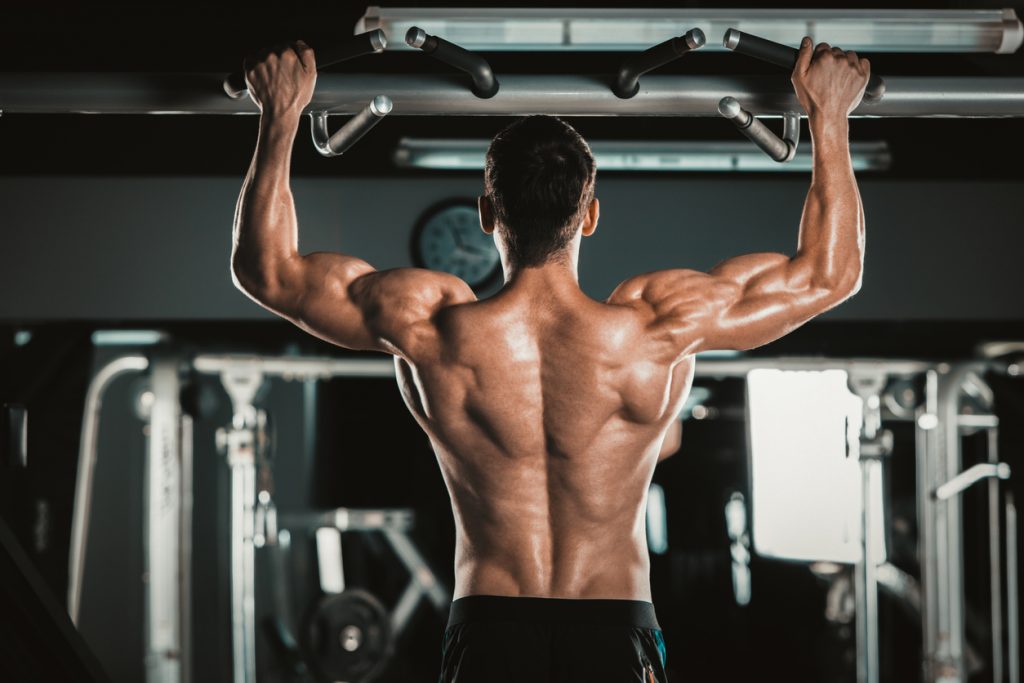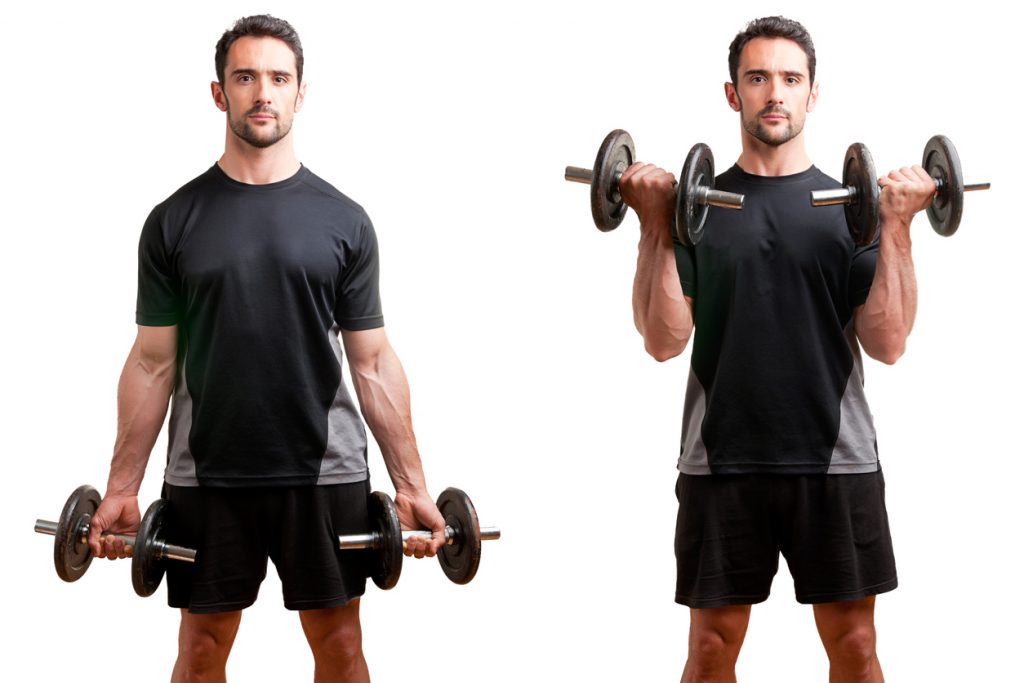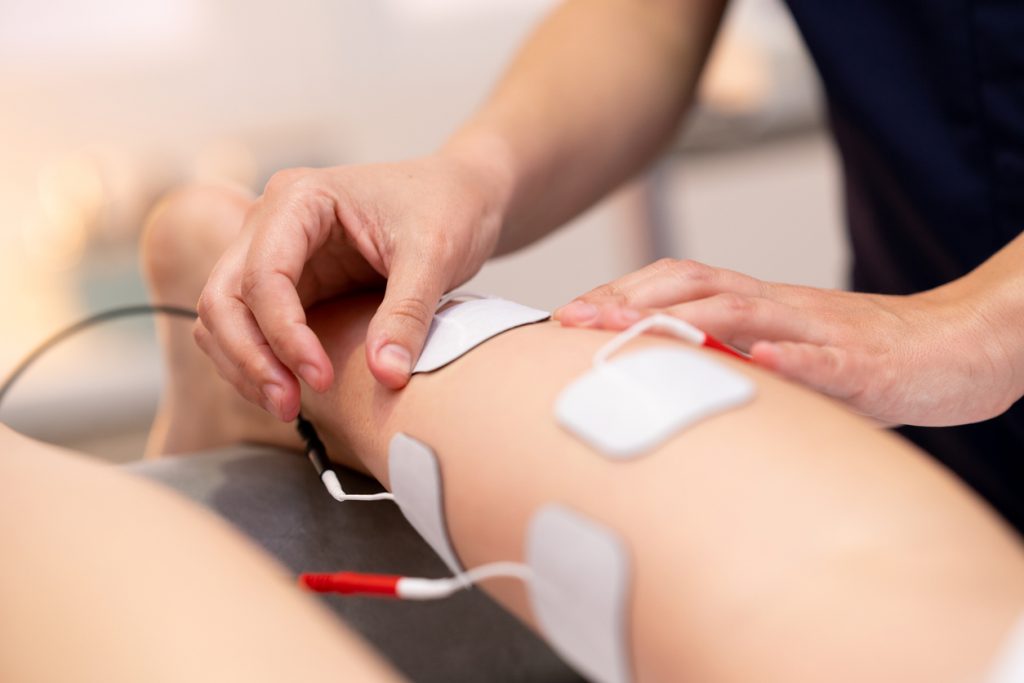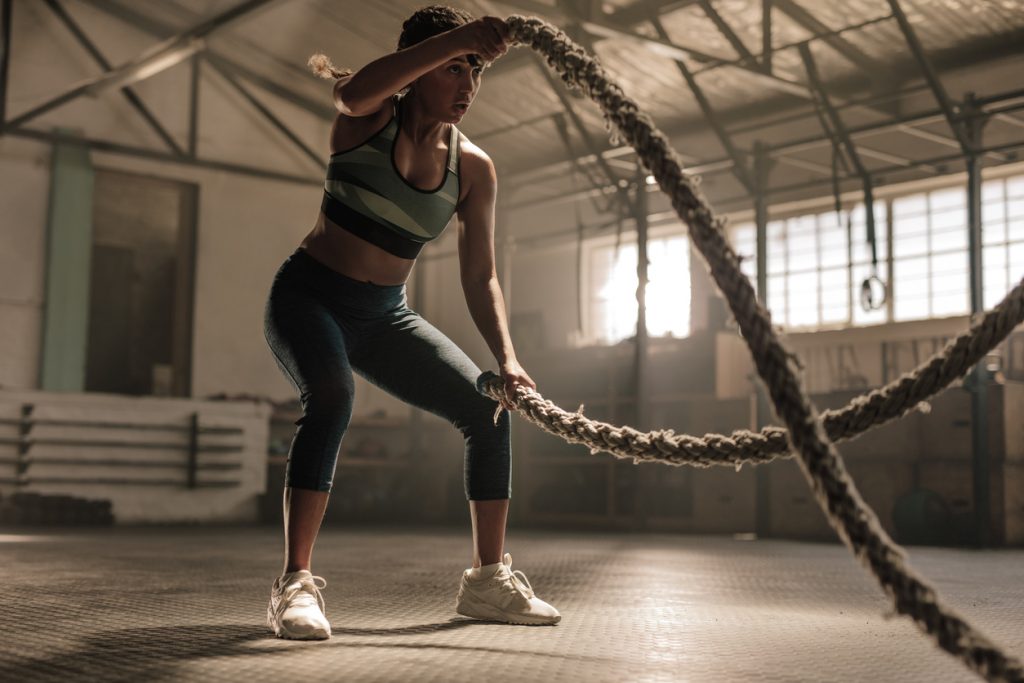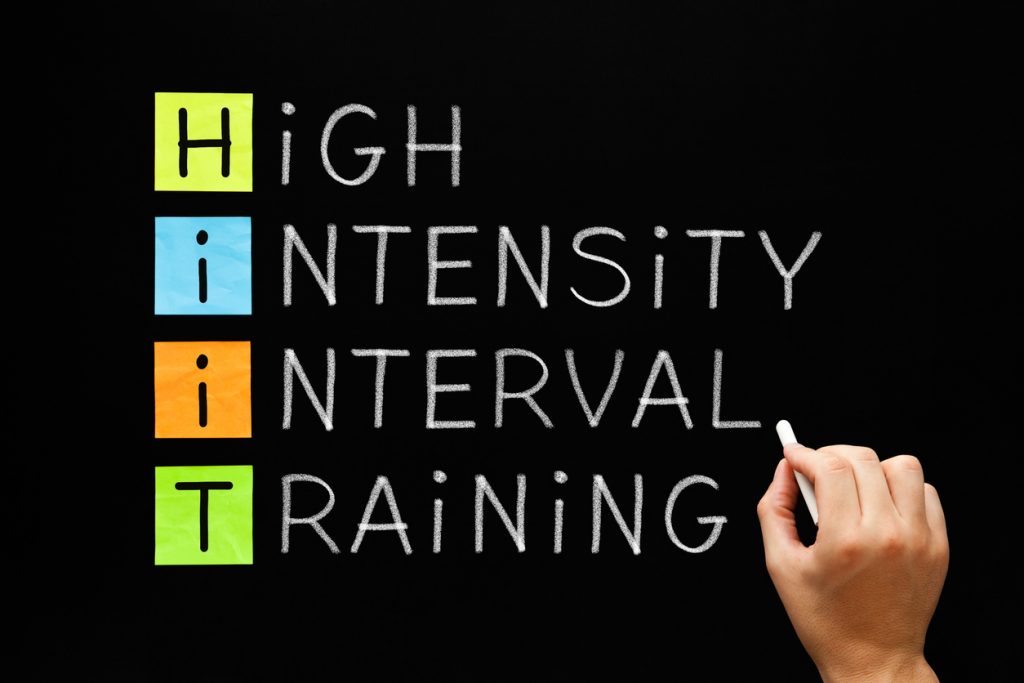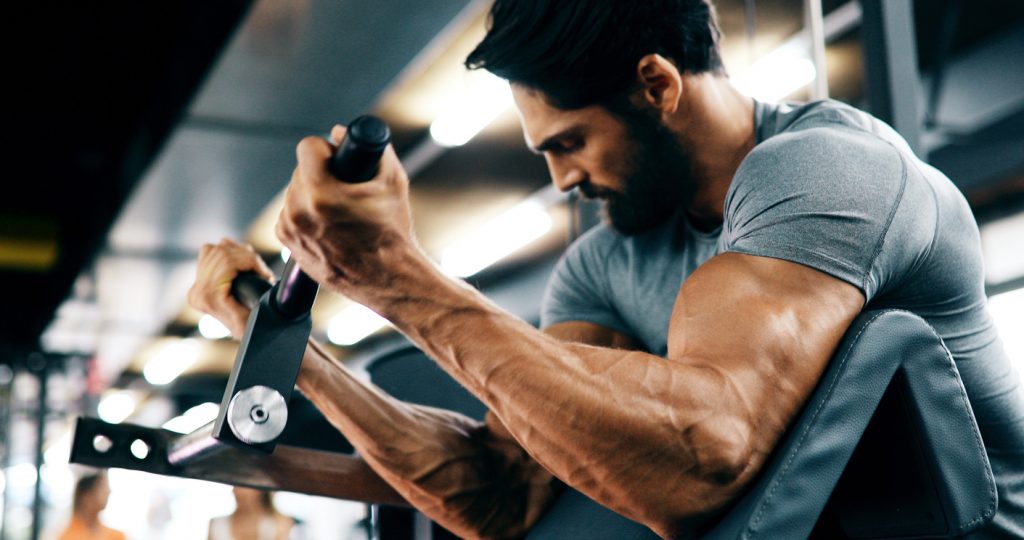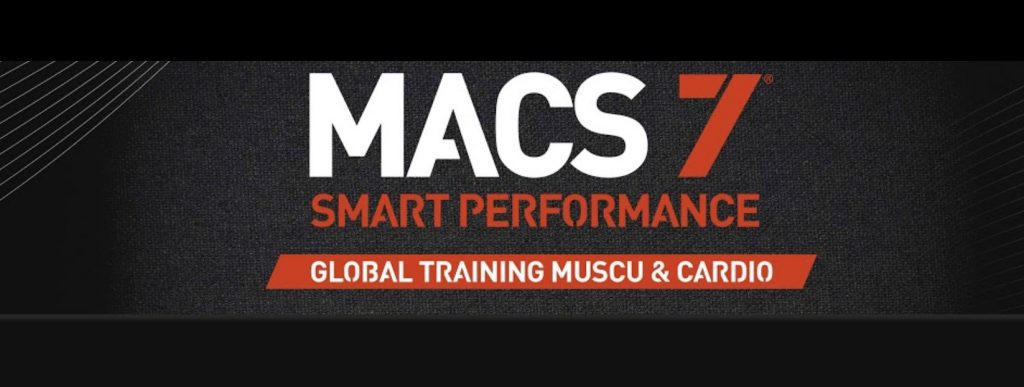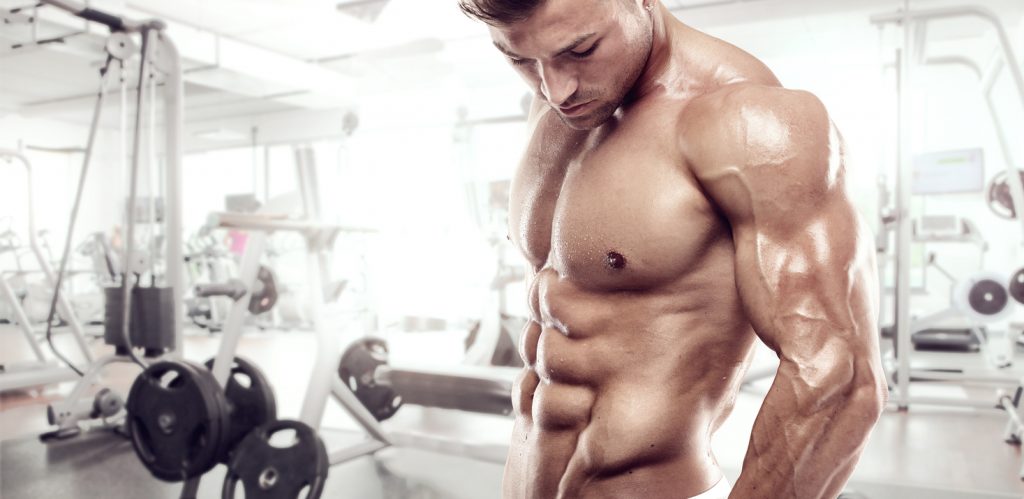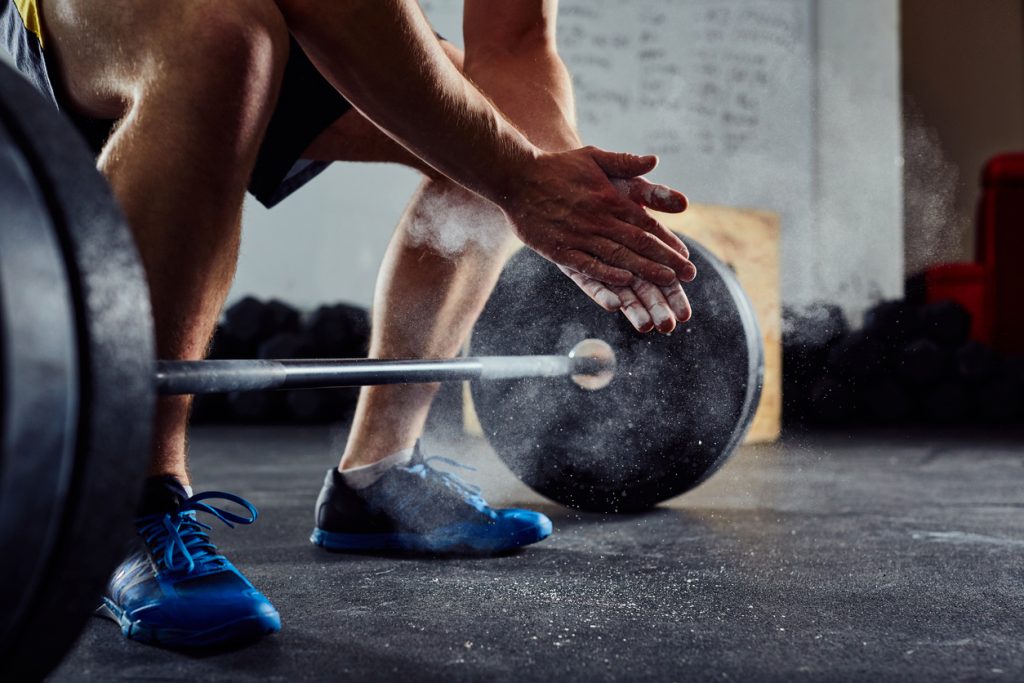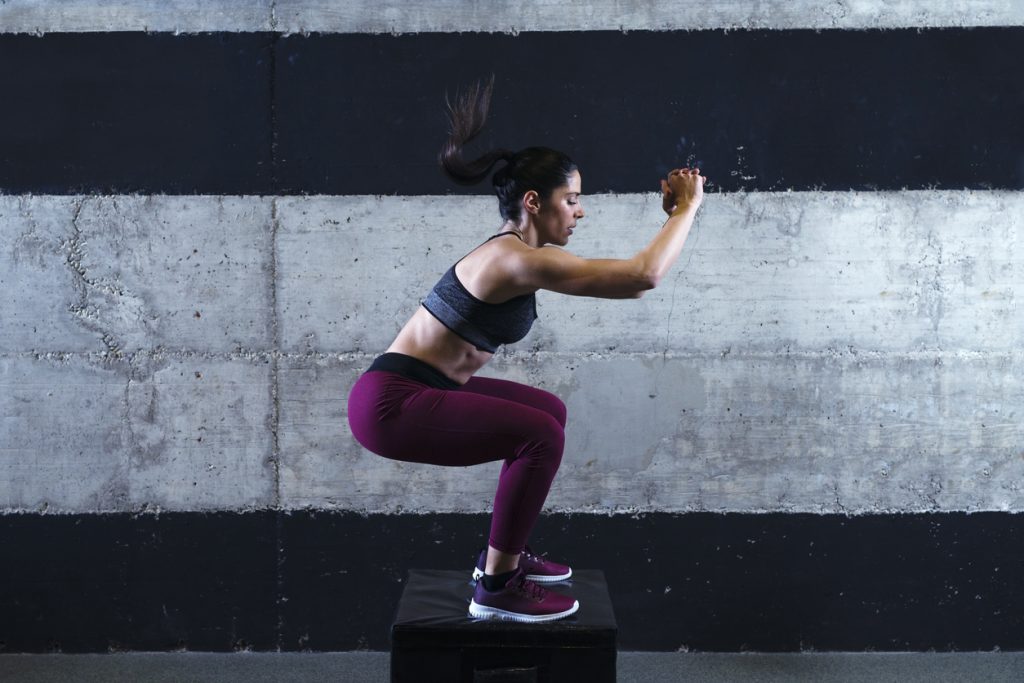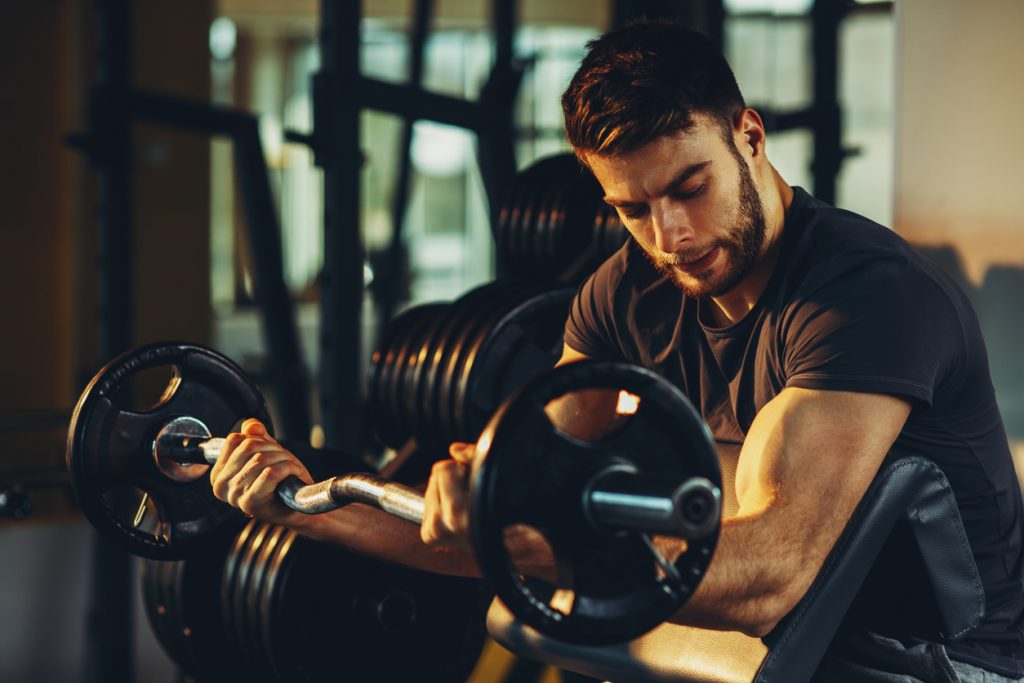Negative repetition, a term for a method of strength training. There are a number of methods when it comes to strength training. The factors that allow us to choose the method that suits us often revolve around physical ability, the amount of time we have to devote to training and the desired result.
In order to fine-tune your training program, it is to your advantage to know what negative repetition is, and more importantly, what its advantages are.
What is negative repetition?
During the execution of a bodybuilding movement, there are two phases. The first is called the concentric phase or positive phase and the second is known as the eccentric phase or the opposite of the first, the negative phase.
The positive phase is when the muscles contract and the segments come together. As you will have understood, the negative repetition concerns the second phase, hence its name. The second part of the movement is when the segments move away, this is what we call the negative phase.
Negative repetition can then be understood as a negative training. This means that the negative phase of the repetitions is favoured over the positive phase, and this is done by performing well-controlled movements. Practically speaking, instead of letting the weight go down in a more or less controlled way in order to get up as quickly as possible, the negative repetition consists of performing the opposite movement. The objective is to slow down the descent as much as possible, with the help of a partner for the ascent.
How are negative reps beneficial?
The principle is that during the eccentric phase the muscles are more powerful than during the concentric phase. Therefore, they have the ability to lift more than they can normally handle. The negative repetition method causes the muscles to undergo an increase in intensity which will lead to a greater muscle response.
The question then is how can this be beneficial to your fitness:
- Negative reps help to strengthen connective tissues such as ligaments and tendons. This is a really important benefit as it reduces the risk of muscle injury and tendonitis.
- This method increases strength and muscle mass. The micro-injuries after the exercises are the signs of an evolution of the muscle mass and strength. It is the greater number of these micro-lesions in the eccentric phase that makes this method one of the best for those who want to improve strength.
How to incorporate negative reps into your training program?
Negative reps are performed with a higher load up to 125% of the usual load. There are two ways to incorporate this method into your program. The first method is to perform the exercises alone. This is not the most preferable, as negative reps are only supposed to challenge you primarily during the eccentric phase and require the assistance of your partner during the concentric phase.
Solo negative reps
To maximise results, this is not the best option, as the types of exercise are very limited. However, you may not have the option of being constantly assisted by another more experienced practitioner or coach.
In this case, it is possible to perform these few exercises to ensure the continuity of your programme:
- Dips
Parallel bar push-ups consist of having your arms extended while leaning on the bars and initiating a controlled descent until your arms are parallel to the floor. In the negative reps version, you can use your legs to pull yourself up
- Concentrated or one-handed curl
This consists of bringing the dumbbells down to shoulder level by rotating the wrist. But in this case you use your free hand to help you bring the dumbbells back to chin level.
- Foot-assisted pull-ups
This movement involves moving up and down by holding on to the pull-up bar with both hands. However, the emphasis is more on the descent than the ascent, which is why you can call for a foot support at the end of the descent to make the ascent easier.
Pair negative repetition exercises
In this case, the partner is there to facilitate the initiation of the concentric phase, as you are supposed to concentrate on the eccentric phase. It is best if your partner is of a higher level than you, as he/she is supposed to make as much effort as you do in ensuring the ascent.
- For bench presses, your partner helps you raise the bar and it is up to you to lower it in a controlled manner
- For the squats it is also the same thing, your partner assists you in the ascent by placing himself behind you and you will carry out the descent alone.
For those who want to intensify their training and who have experience, it is possible to increase the load up to 150% and to intensify the resistance. For this purpose, during the descent, the partner presses on the bar to increase the resistance without it being unbearable for his teammate.
Nevertheless, it is important to specify that the partners must be in connection for the exercises to go well and that the movements are well executed in complete safety.
Who should use the negative reps technique?
This is a rather complex technique, as it requires the practitioner to have precise control over their movements, but also a thorough knowledge of their abilities. In other words, if you are new to bodybuilding, it is best to opt for full-body workouts that will first help you get to know your body and what it is capable of doing.
Thus, there are three categories of practitioners for whom this technique is intended:
- Those who want to increase their strength and muscle mass
This is the main advantage of this method, to ensure a development of the muscular mass and an increase in the force thanks to an increased muscular response
- Those who want to reduce the risk of muscle injury and strengthen their joints
During the repetitions the joints become accustomed to resisting heavy loads, which allows them to be strengthened. In terms of muscle injury prevention, it is lifting more than the maximum load you could normally lift that allows you to strengthen tendons and ligaments.
- Those who are stagnant in their progress, i. e. those who can no longer progress despite their efforts
The advice we give to practitioners who can't get past a plateau phase is to break the muscle fibres so that they get stronger. Well, negative reps are the best way to stress the muscles.

